“Pain Naruto” is one of the most frequently searched terms among fans of the Naruto manga and anime. This powerful character—whose real name is Nagato—is both a tragic figure and one of Naruto’s most formidable enemies. Created by Masashi Kishimoto, Pain represents a deep philosophical conflict within the series: how to achieve peace in a world torn by war, loss, and pain. For those diving deep into the Pain Naruto universe, understanding Pain (Nagato) is crucial to grasp the core of the show’s emotional and moral complexity.
In this comprehensive guide, we’ll explore:
- Pain’s origin and the story behind Nagato Naruto
- His ideology and how it shaped the ninja world
- His legendary battle with Pain Naruto
- Connections with other key characters like Sakura Naruto, Gaara Naruto, Ino Naruto, and Haku Naruto
- How Pain fits into the broader Naruto manga storyline
- And of course, the hidden meanings behind symbolic elements like Pain Naruto ramen, a recurring theme throughout the series
The Origin of Pain (Nagato Naruto)
Nagato, who later adopts the name Pain, hails from the war-torn Amegakure. Orphaned at a young age due to the constant battles involving the great ninja nations, Nagato was taken in by Jiraiya, who trained him alongside Konan and Yahiko. Nagato possessed the legendary Rinnegan, which allowed him to access powerful jutsu, including the Six Paths Technique.

After Yahiko’s death, Nagato adopted the name Pain and used the Six Paths of Pain to project his power through six reanimated corpses. His goal became to bring peace to the world through fear and destruction—a philosophy that directly opposed Naruto’s belief in love, understanding, and perseverance.
Pain vs Naruto: A Battle of Ideologies
The confrontation between Pain and Naruto is arguably one of the most iconic moments in the Naruto manga and anime. Not only was this battle physically intense, but it also marked a turning point for Naruto as a character. Pain Naruto, who once struggled for acknowledgment, now stood as the protector of Konoha.
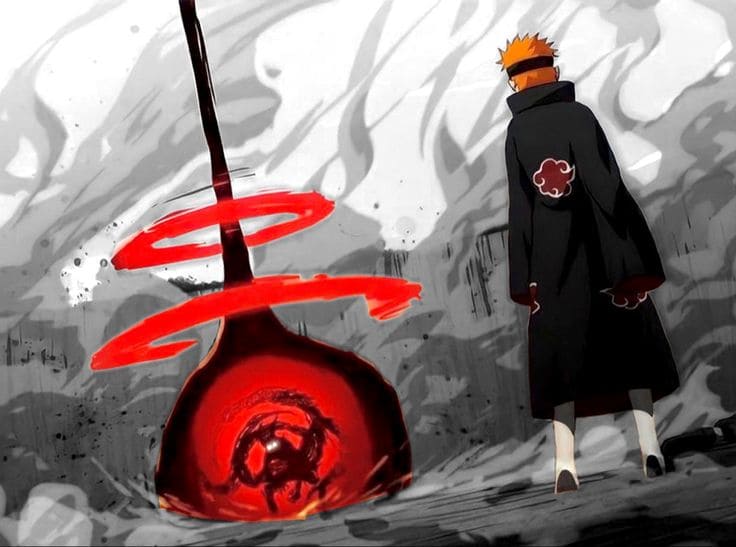
As Pain devastated the village using Shinra Tensei, Naruto returned from Mount Myoboku, mastering Sage Mode. Their epic clash wasn’t just about power—it was a debate about what peace truly means. Naruto’s refusal to give in to hatred eventually convinced Nagato to believe in his vision, leading Pain to sacrifice his life to revive those he had killed in the Leaf Village.
Philosophical Themes: Pain’s Vision for Peace
Pain believed that true peace could only come through shared suffering. By causing immense pain, he hoped to make the world understand the cost of violence. This philosophy was shaped by his experiences in war and the loss of Yahiko, which turned his heart cold. Unlike Pain Naruto, who believed in changing the system from within, Pain sought peace through power and control.
This thematic contrast elevates Pain from a mere antagonist to a complex character who challenges the viewer’s perception of good and evil. In the Naruto manga, these ideological clashes are central to the narrative’s emotional depth.
Connections with Key Characters
Sakura Naruto

Sakura plays a supporting but critical role during the Pain arc. Her efforts to protect the villagers and heal the wounded reflect the ongoing struggle between destruction and restoration. Her growth from a dependent genin to a strong medical ninja is symbolic of the broader growth Naruto inspires.
Gaara Naruto
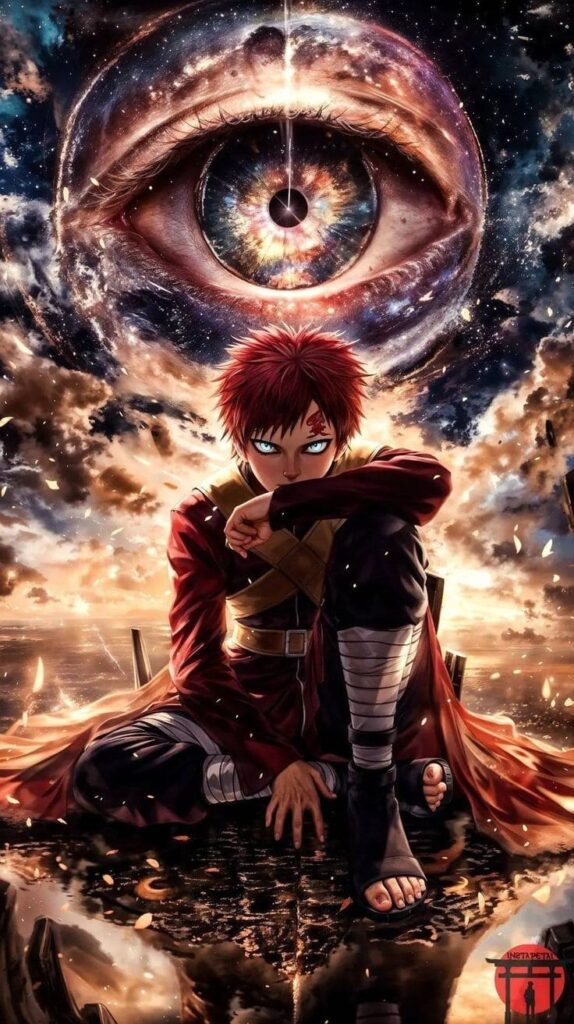
Like Pain, Gaara also struggled with inner turmoil and loneliness. However, Gaara’s transformation into a respected Kazekage serves as a mirror to Naruto’s philosophy. Where Pain succumbed to darkness, Gaara found redemption—an outcome that Naruto also hoped for Pain.
Ino Naruto
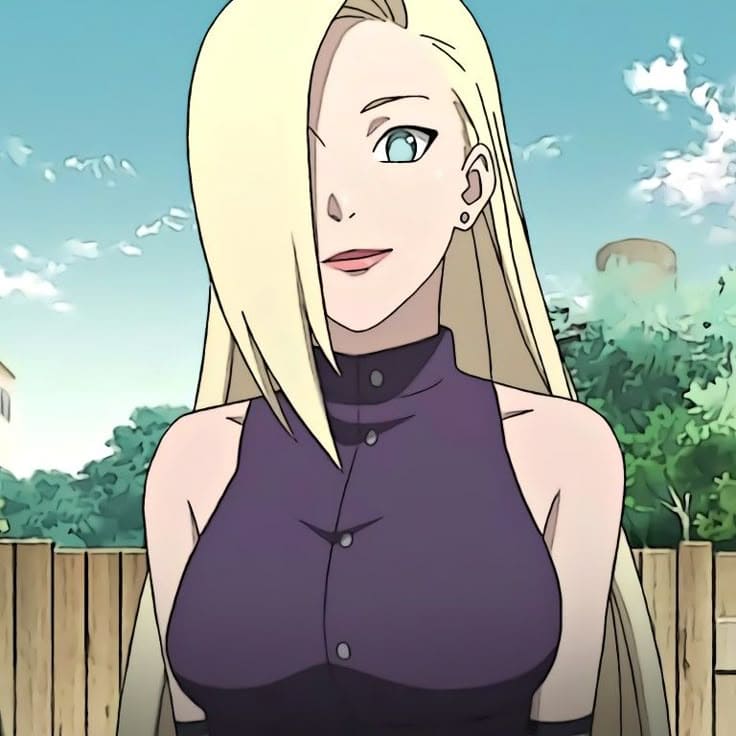
While not in the spotlight during the Pain arc, Ino’s contributions in support missions and later battles reflect the unity of Konoha’s forces. Her presence in the manga underscores the theme of teamwork against overwhelming odds.
Haku Naruto
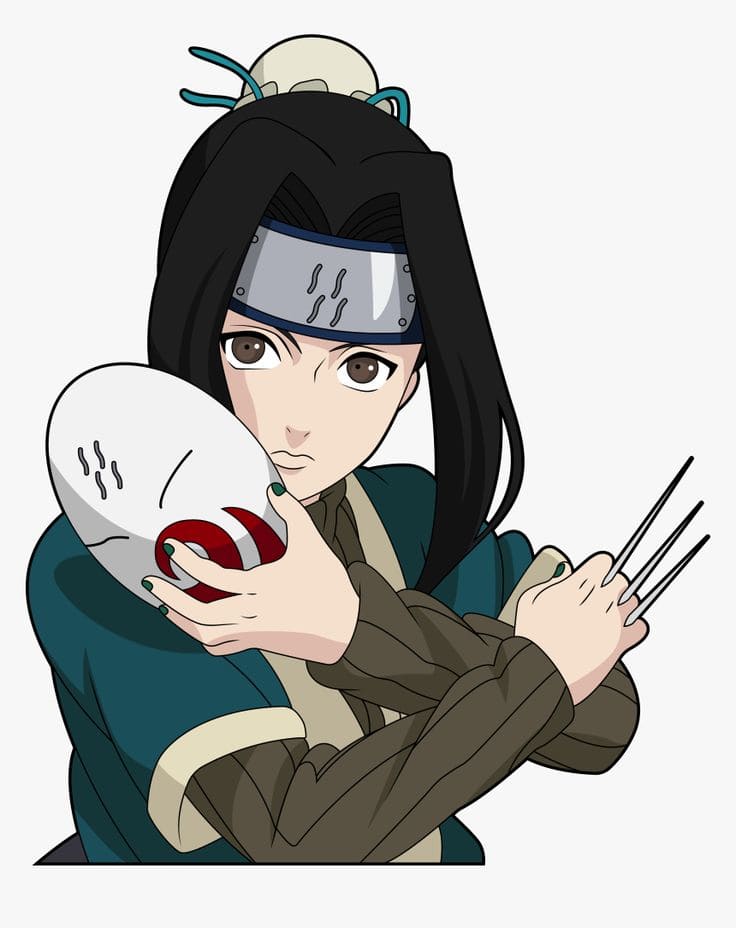
Haku, much like Pain, was a tragic figure manipulated by circumstances. Though his arc ended much earlier, Haku’s story introduced viewers to the emotional depth of Kishimoto’s writing and set the stage for future characters like Nagato.
Naruto Ramen: A Symbol of Simplicity and Connection
Naruto ramen, or more accurately, Ichiraku Ramen, is a recurring element that symbolizes Naruto’s humble desires and his connection to others. After defeating Pain, Naruto is welcomed back to the village with admiration—a complete turnaround from his earlier days of isolation. A bowl of ramen represents not just a meal, but the bonds Naruto has formed, including the ideological one he eventually formed with Pain.
Masashi Kishimoto’s Masterstroke
Masashi Kishimoto created Pain to be more than just a villain. He designed him to reflect the consequences of war and the cyclical nature of hatred. Through Pain, Kishimoto explores deep questions: Can peace exist without suffering? Can one person change the world?
These themes are what elevate Pain Naruto beyond a simple action series. The Naruto manga became globally successful because of its willingness to delve into such complex emotional and philosophical territory.
Conclusion: Why Pain Naruto Still Resonates
“Pain Naruto” remains one of the most impactful arcs in anime history. Nagato’s journey from a hopeful student to a broken leader and finally to a man redeemed by Naruto’s ideals mirrors the broader journey of the ninja world.
Whether you’re diving into the Pain Naruto manga for the first time or revisiting the anime, Pain’s story offers lessons in empathy, ideology, and the enduring power of hope. With unforgettable battles, philosophical dialogue, and emotional depth, the Pain arc continues to resonate with fans across generations.
By exploring characters like Sakura Naruto, Gaara Naruto, and even early figures like Haku Naruto, we understand how interconnected the Pain Naruto universe is. And through simple moments—like sharing a bowl of Naruto ramen—we are reminded that even the smallest things can symbolize the greatest changes.
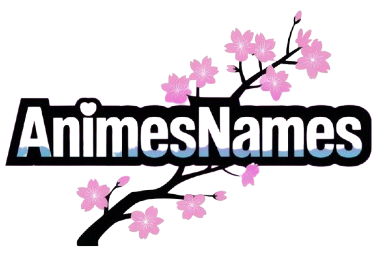
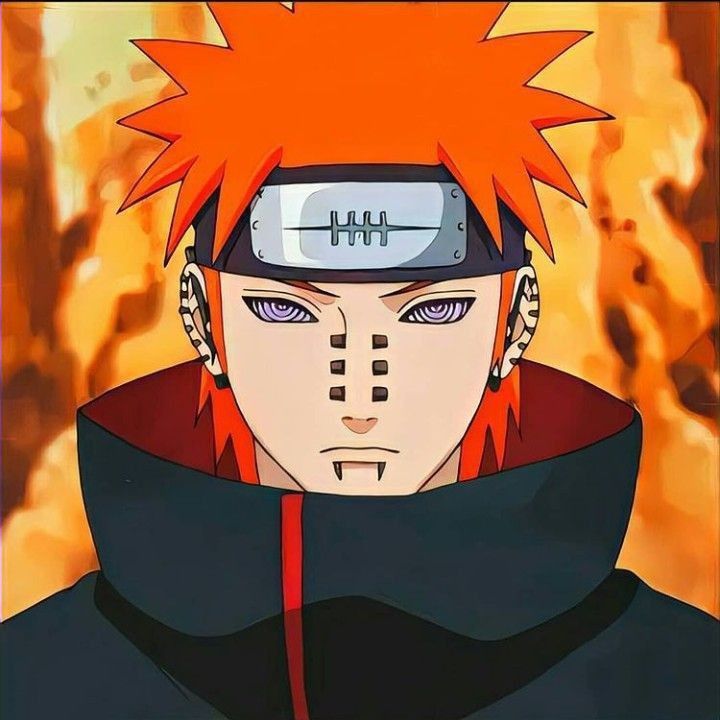
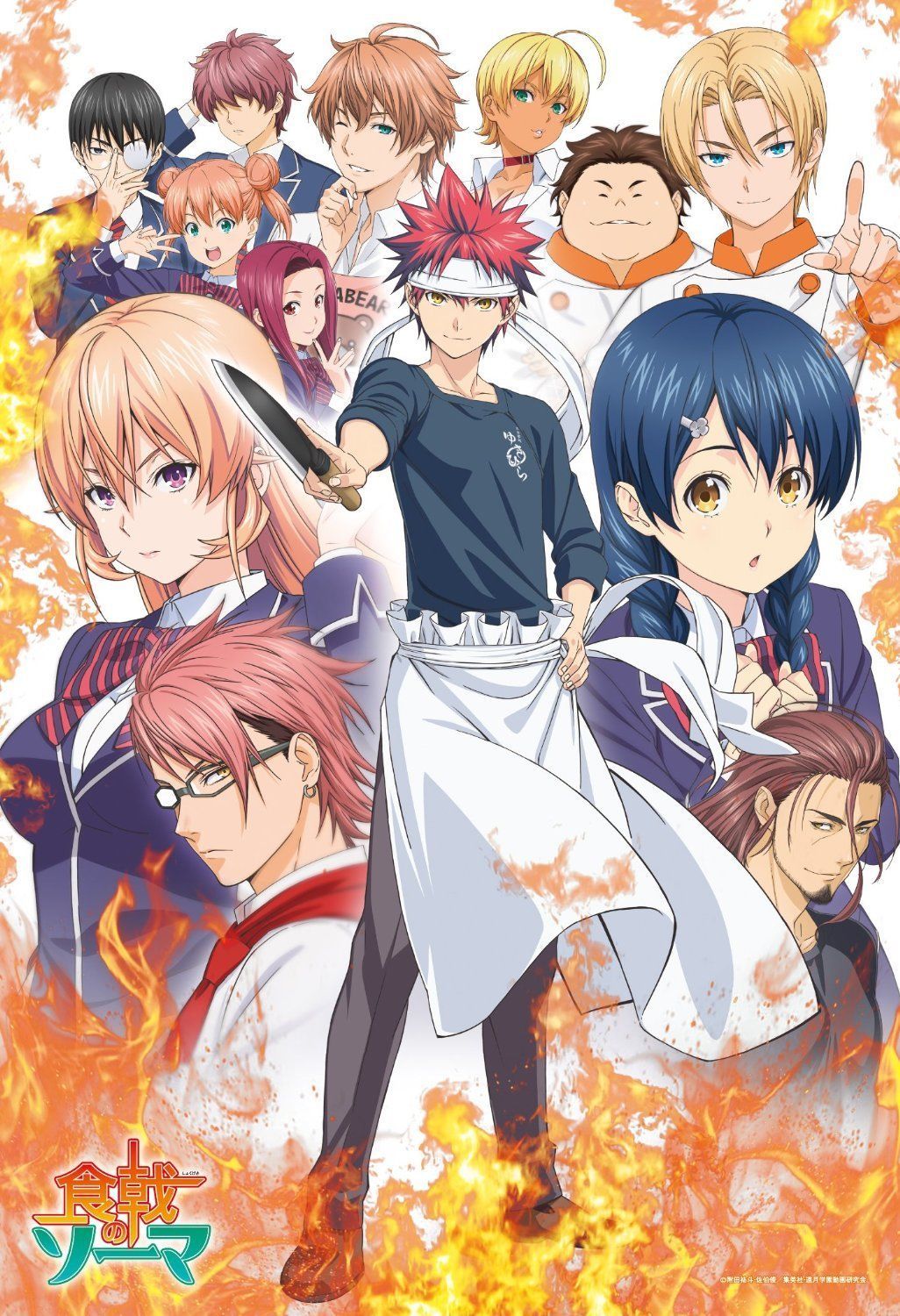

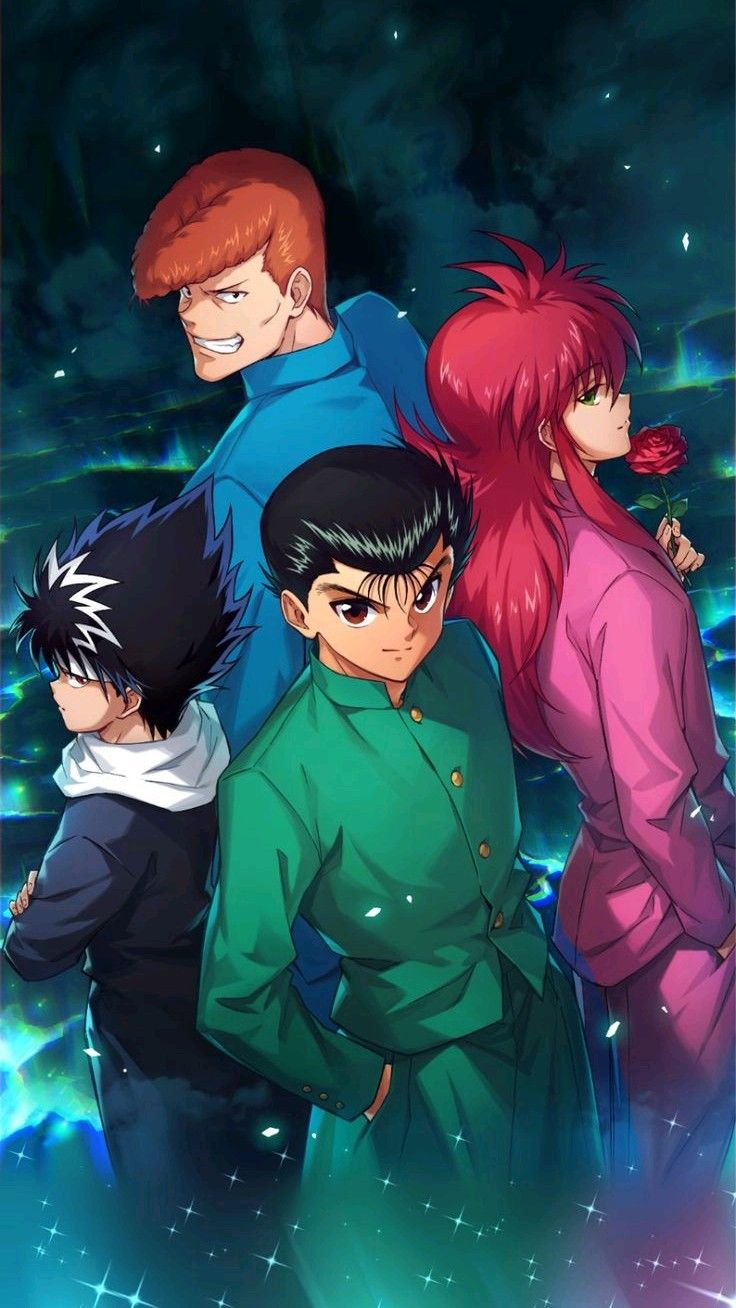
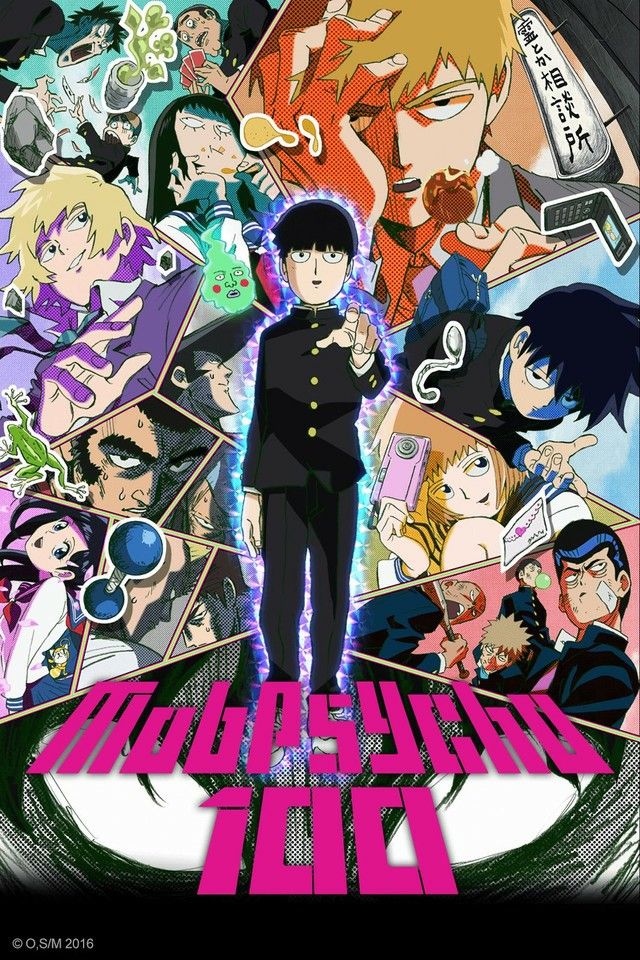
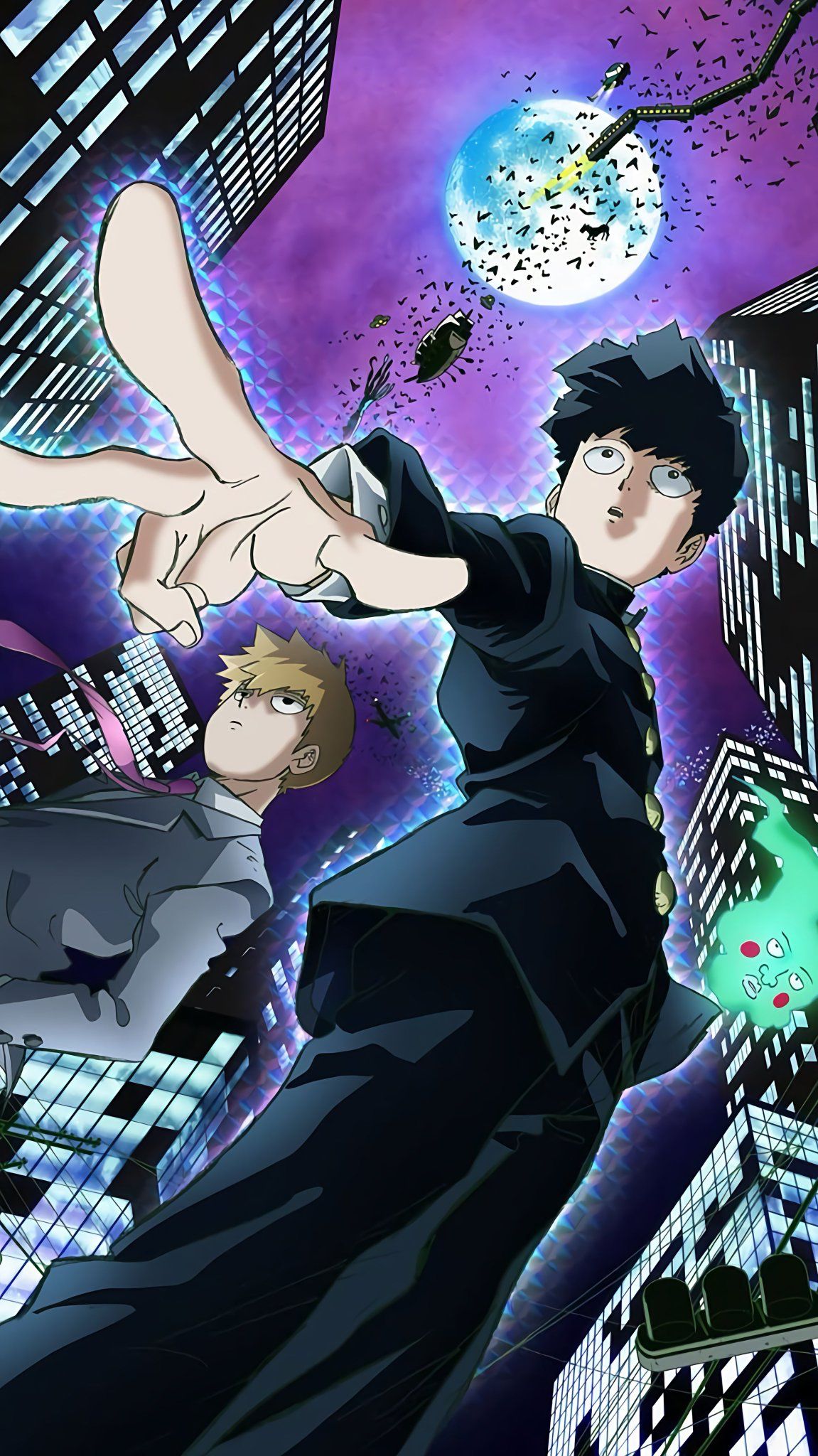
Leave a Reply